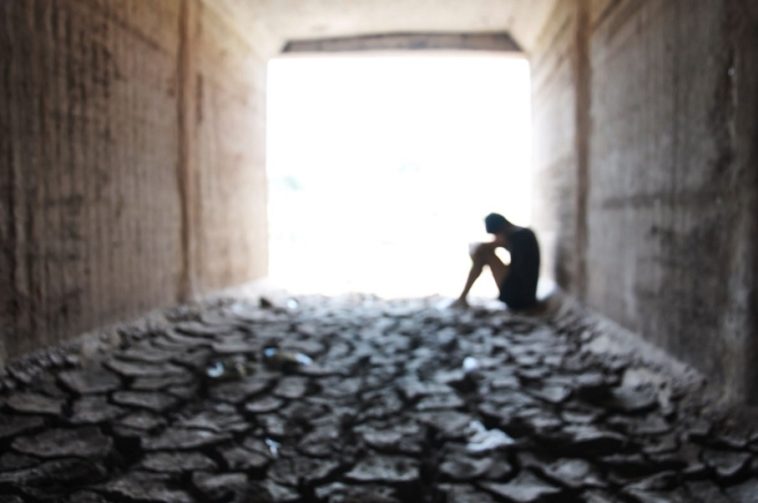There is a possibility that your kid is already going through lows of self-esteem due to vitiligo. Bullying, on top of that, can make things worse. In most cases, bullying can make your kid hate himself or even provoke him to take some extreme steps.
Many children are bullied in school, but they often keep it to themselves. So in order to spot when your child is being bullied, you must be aware of what to look out for. So, if you are parenting a kid with vitiligo, here is the right way to address it.
Know the different types of bullying.
There are three types of bullying: physical, verbal, and relational. Physical bullying involves kicking, pinching or hitting someone or stealing one’s belongings. Verbal bullying is the use of words to hurt, intimidate or insult someone. Relational bullying is more complex. In this scenario, the bully will convince others to reject, hurt or abuse the victim.
Kids with vitiligo are often subjected to verbal bullying. Remarks against their vitiligo patterns, ancestry and personalities are common. Since other kids are not always aware of a complex autoimmune disorder like vitiligo, they assume it to be contagious and make the most of verbal bullying.
Look for signs
The first thing you want to look at is any signs of change in behavior in your child. A child who’s being bullied will often not disclose what’s happening to him/her for fear of repercussions or further bullying. So, what we really want to see is if there’s any change in their behavior.
A victim of bullying will usually display signs and symptoms of being bullied, and it’s important to know what these are. One of the most common signs is a child’s reluctance or refusal to go to school. Other signs include unusual moodiness, torn clothes, bruising, scratches, loss of personal belongings, repeated requests for money to be given to the bully and declining grades.
A usually extroverted child may display signs of shyness and unwillingness to go out or participate in social activities. Some other signs can include a change in diet, a sudden change in dressing style, drop in grades, and change in peer groups. Changes in their sleep or appetite patterns can also be observed.
Gently approach the issue with your child
Tread lightly when approaching the issue because your child may be too scared to talk about it or may feel embarrassed, angry, and sad or even feel a sense of guilt. It is always best to slowly working into it rather than asking the hard questions quickly. Make sure that your child is not in the stressful situation when you ask questions related to bullying. For example, if they’re refusing to eat their breakfast in the morning, instead of asking them “why aren’t you eating that?” or “are you being bullied?” wait for a calm scenario where they’re relaxed.
Don’t go wading in in a confrontational manner, be sensitive to their feelings. Have the conversation with them rather than an emotional decision. Most importantly of all reassure them that vitiligo is not their fault. Assure them that you were there to help them to find a solution and will work with them to make the bullying stop. They’ll probably feel relieved that you finally know.
You approach may even include conversations with their teachers at school, their close friends or definitely their siblings as well. You know our kids better than anybody else. So, make sure that you are communicating with them on a consistent basis to engage and track anything early.

